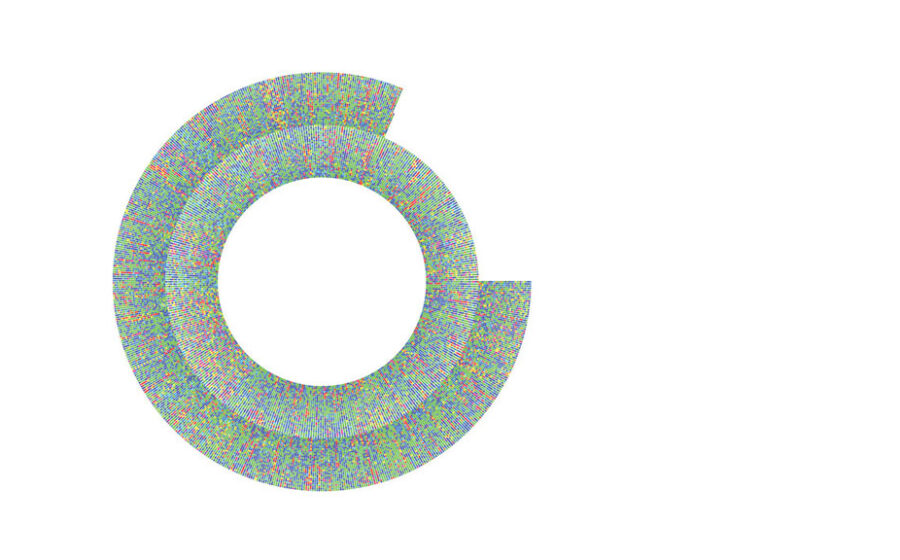Visualization of a mitochondrial chromosome from the genome of, Sasccharomyces cerevisiae, or brewer’s yeast, which can be isolated from unroasted coffee beans. (Photo: Bill Automata.)
[T]here might be a scientific reason that coffee pairs so well with chocolate—and yeast is to thank. A study published in Current Biology looked at the influence of human migration on the global distribution of yeast. Along with fermenting wine and beer, yeast is also used widely in the production of coffee and chocolate.
To gain a better understanding of the genetic diversity of yeasts around the world, lead researcher Catherine Ludlow and her team embraced their restrictive travel budget and began culturing the yeasts contained in coffee and cacao from various regions of the world. Ludlow and her team isolated sixty-seven yeast strains from unroasted coffee beans from countries that included Colombia, Costa Rica, Peru, Mexico, Kenya, Ethiopia, Yemen, and Indonesia.
The researchers found three known yeast populations from which all new populations had derived: a North American oak population, a European strain, and an Asian variety. Coffee and cacao yeasts appear to be the result of genetic combinations of strains from each of these known populations.
While the study didn’t specifically address how yeast contributes to the flavor of coffee, yeasts have been linked with microbial terroir, raising questions for future research on the effect of yeast on the flavor profiles of coffee.
—Ellie Bradley is Fresh Cup‘s associate editor.
















